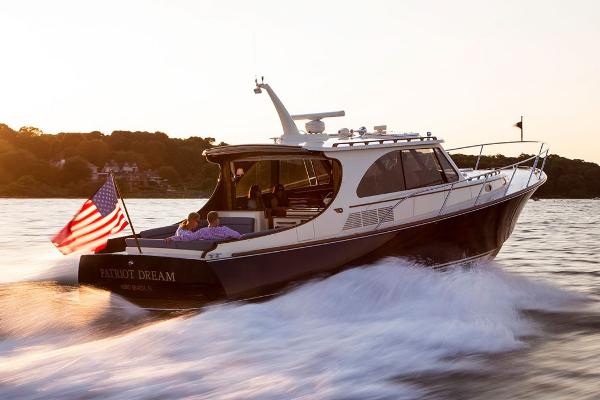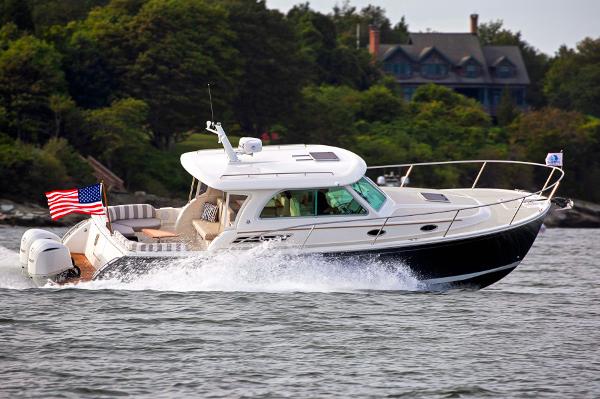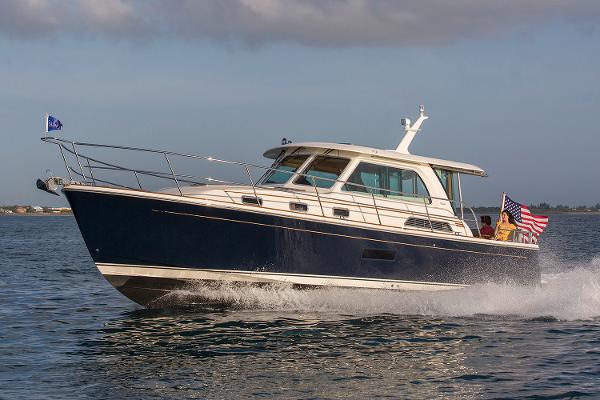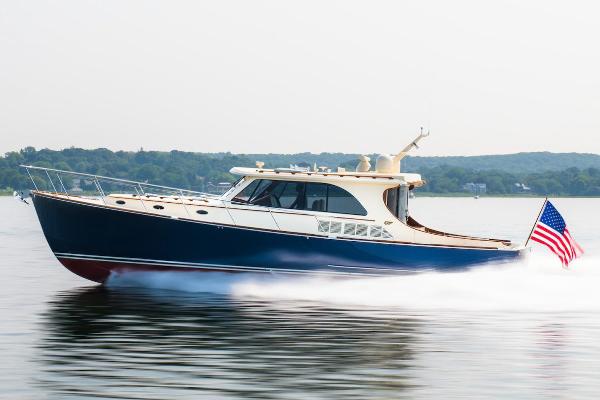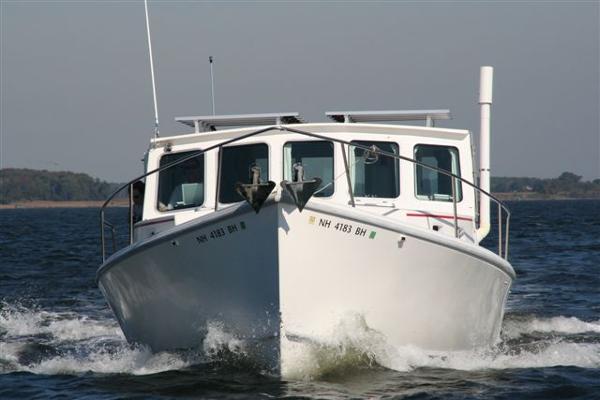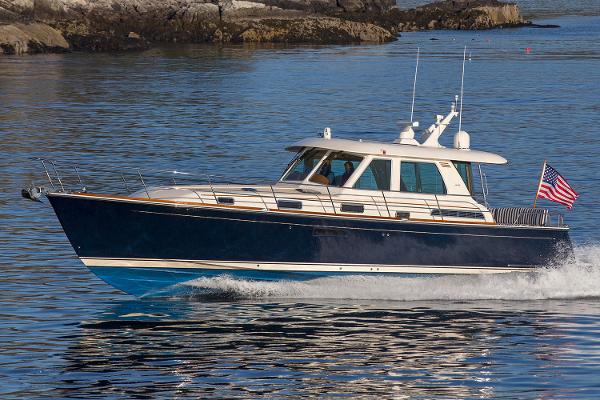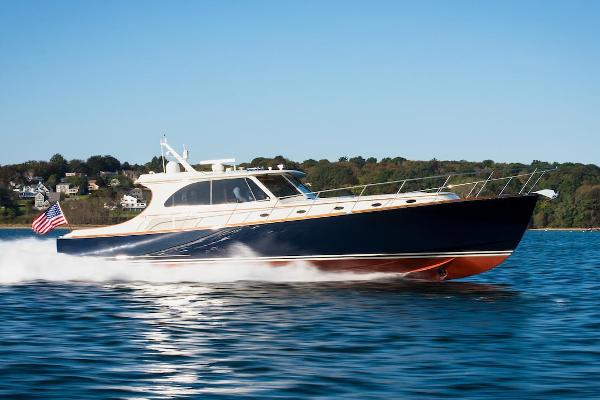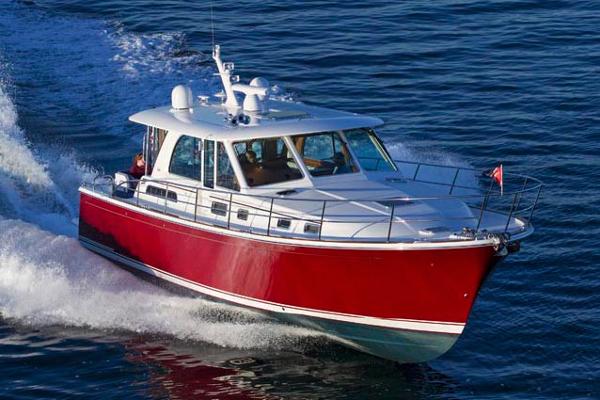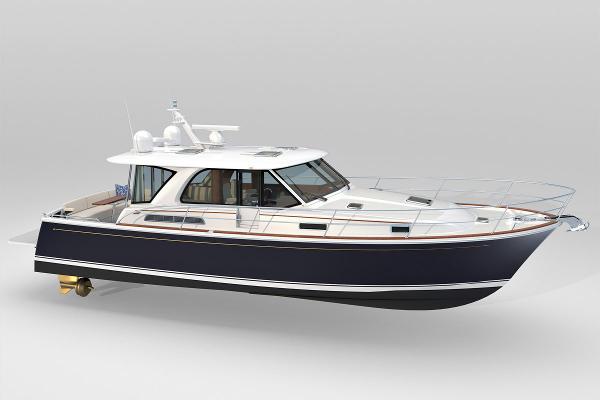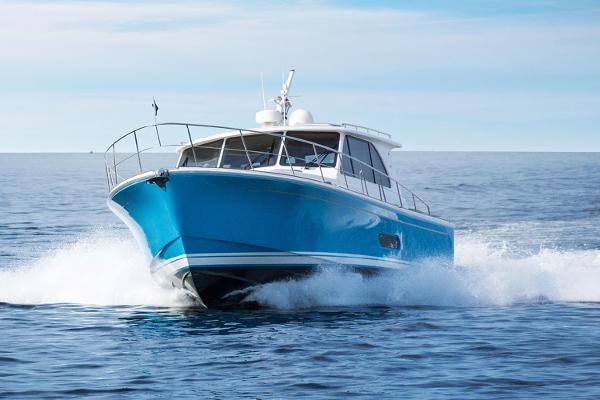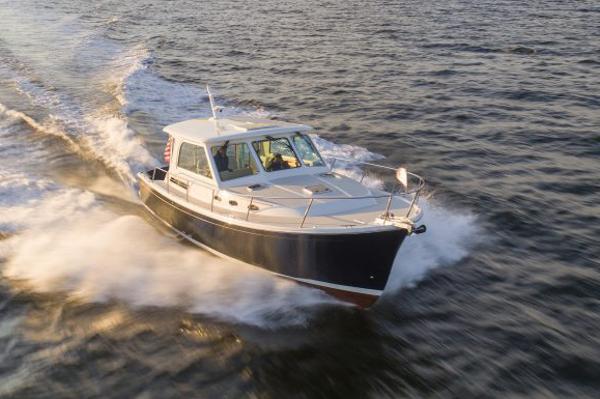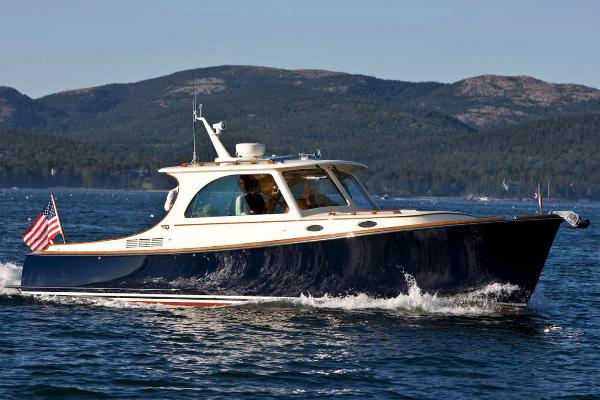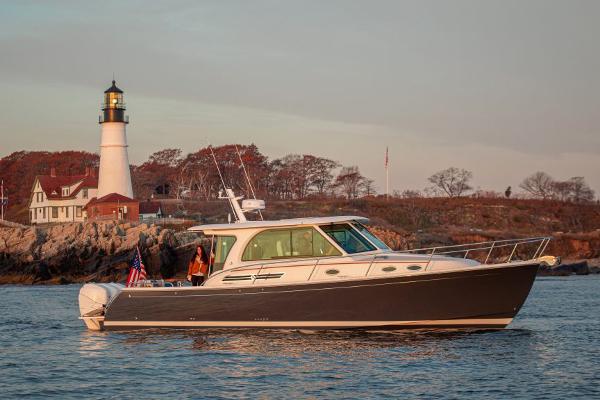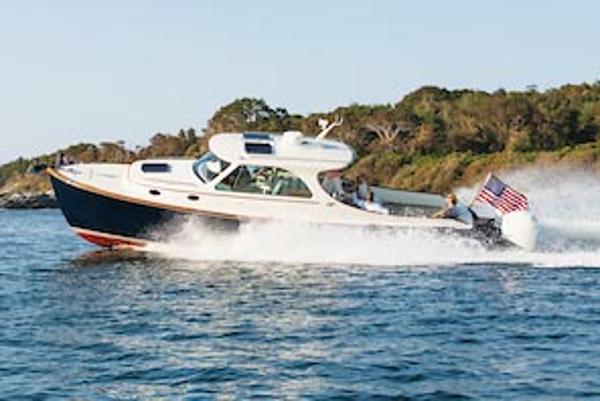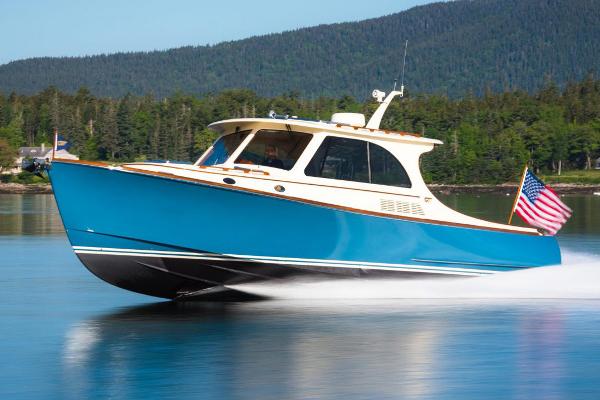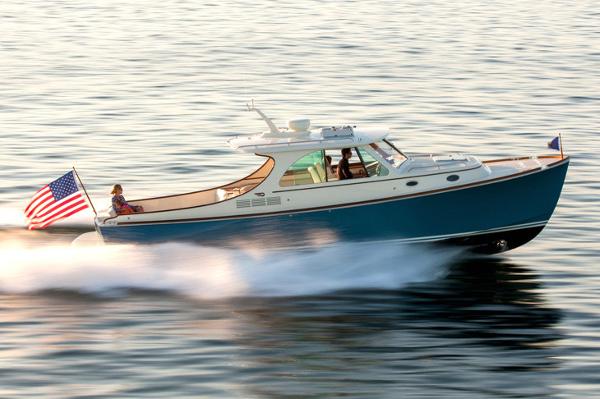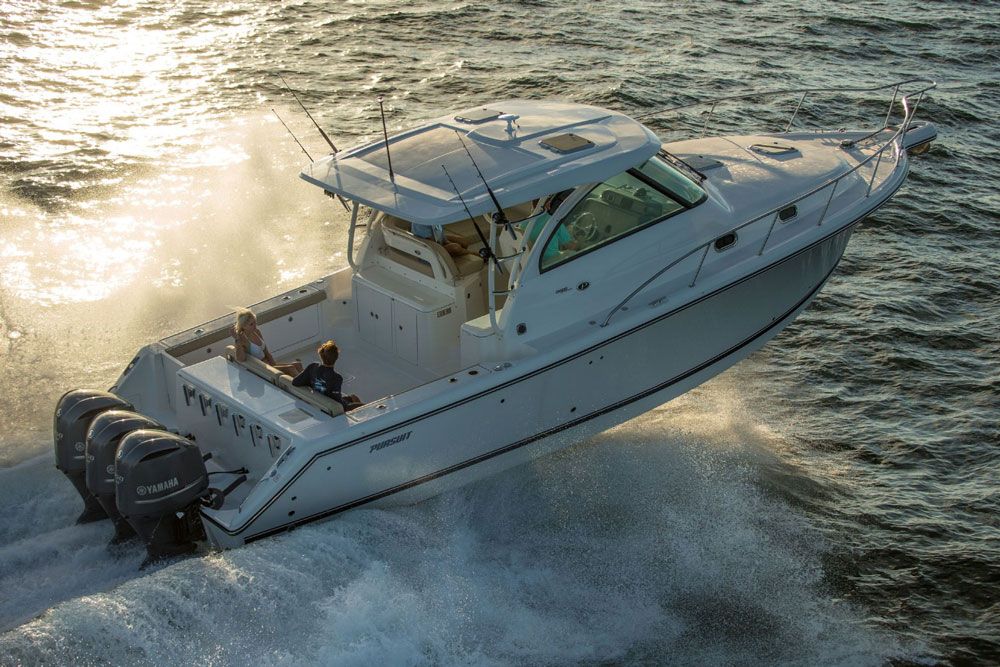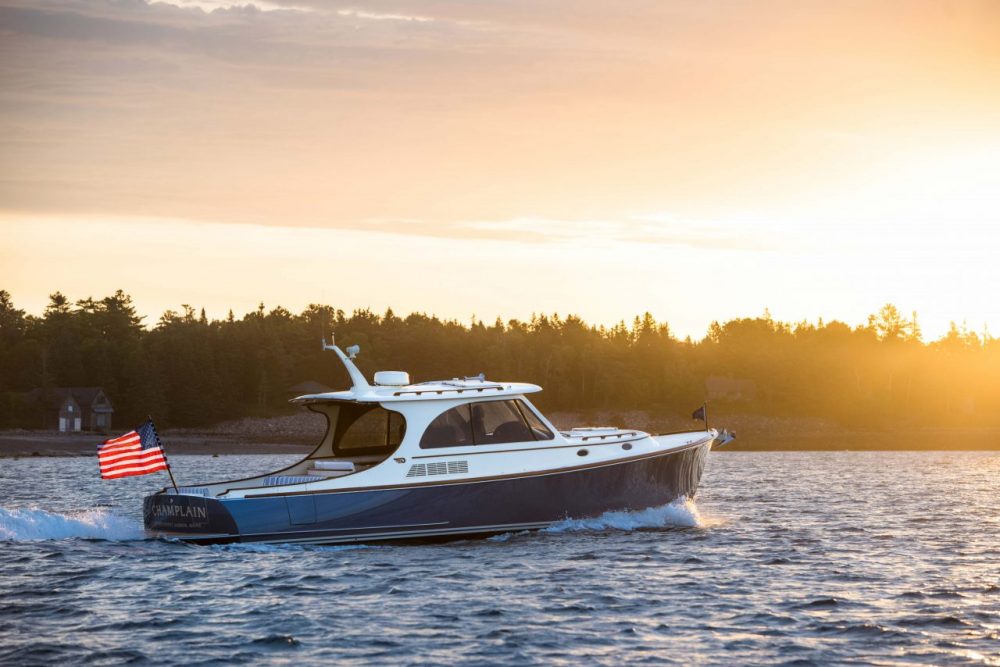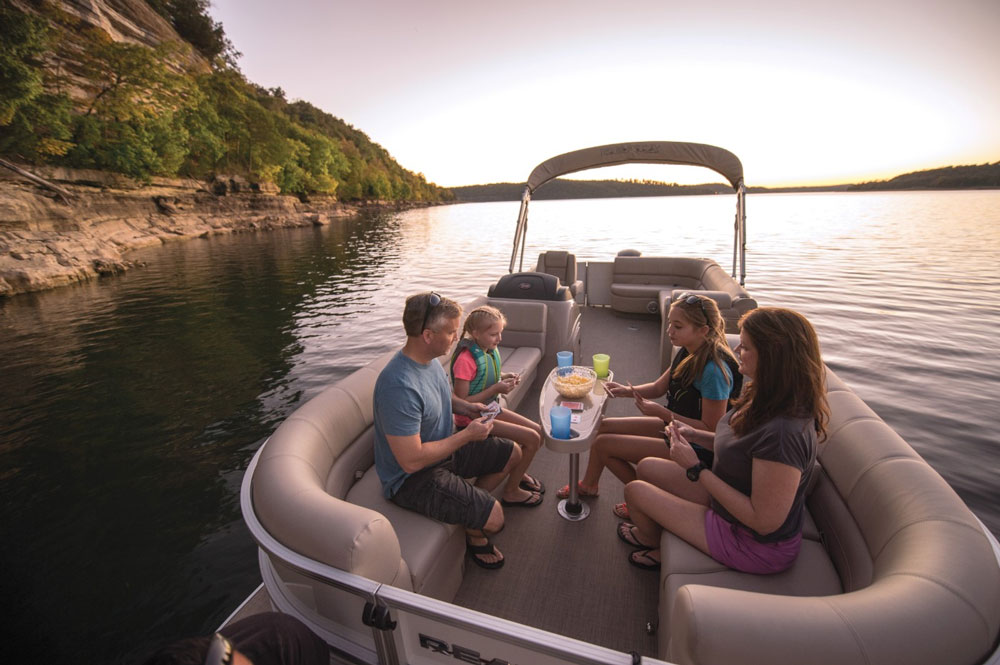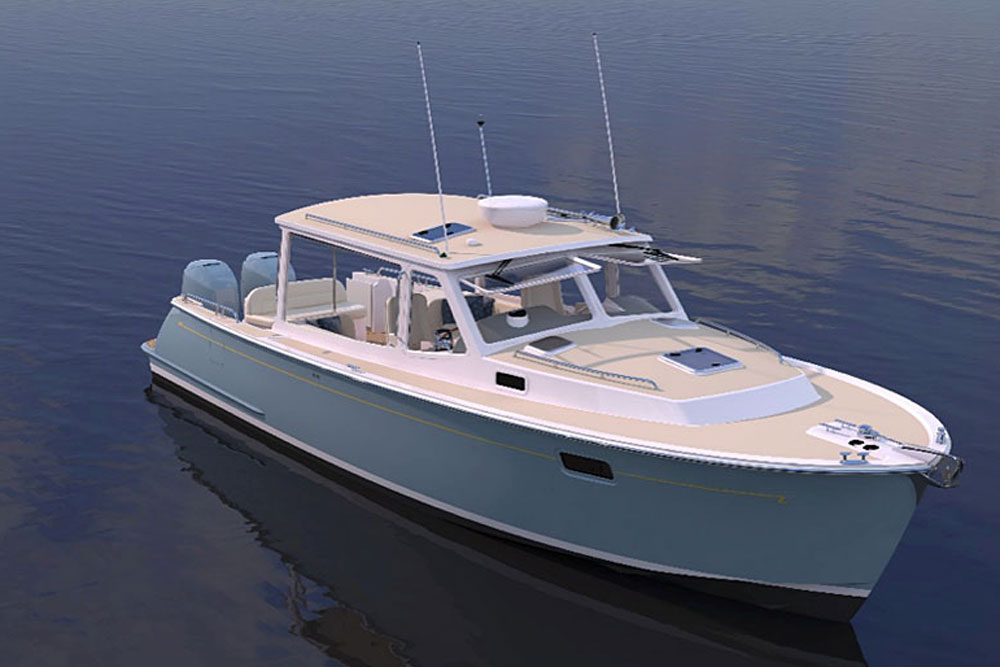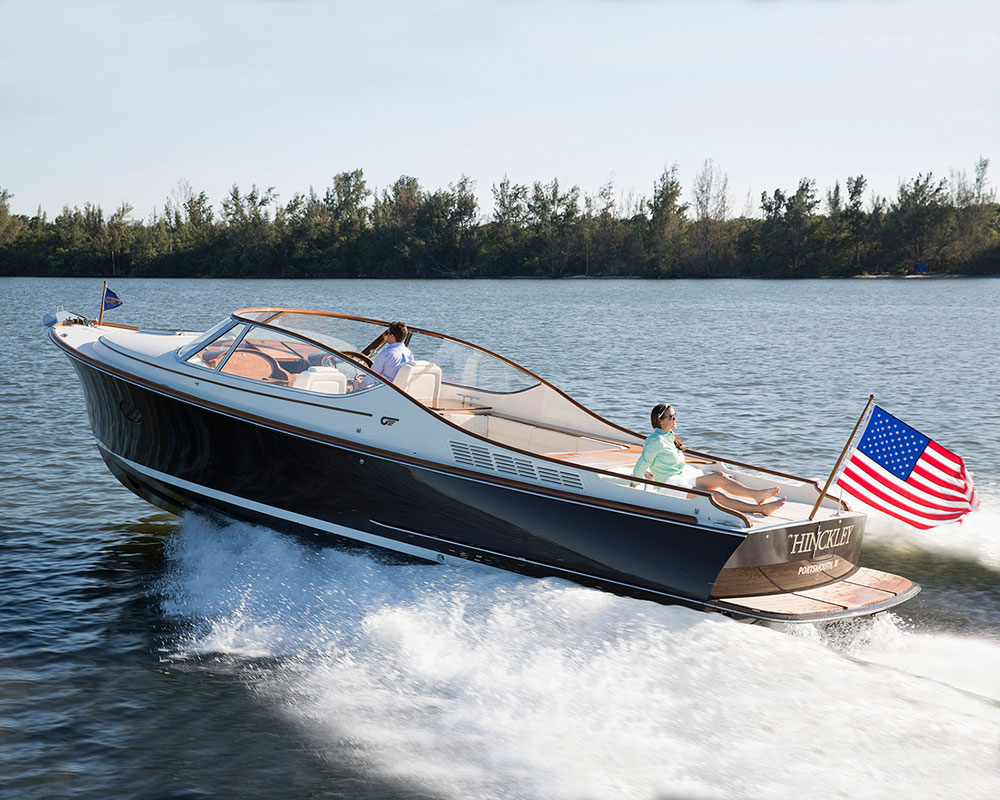Featured Downeast Brands
Downeast boats for sale
-
Advertisement
-
Advertisement
-
Advertisement
-
-
Advertisement
Contact Seller
XDowneast
Ideal for overnight cruising and day cruising these Downeast boats vary in length from 22ft to 66ft and can carry 6 to 15 passengers. These powerboats use the following propulsion options: inboard engine. There are a wide range of Downeast boats for sale from popular brands like Sabre, Back Cove and Cutwater with 146 new and 215 used and an average price of $209,000 with boats ranging from as little as $23,662 and $2,984,000.
Downeast/Lobster Boats
Many forms of modern powerboats are based on traditional designs that were developed for commercial purposes, and this is true of downeast boats, also called lobster boats (or in the case of their larger, more expensive iterations, lobster yachts). Originally created for catching tasty crustaceans, lobster boats have become popular among recreational boaters for many reasons: their seaworthy design, efficient performance, and appealing traditional looks are all part of the mix. In fact, today far more downeast boats are built for recreational purposes than for commercial use.
Downeast boats commonly have a full cabin including a protected helm with a hard top extending back over at least part of the cockpit, and a V-berth in the bow. This reflects the lobsterman’s need for protection from rough or cold weather and rain, and his need to continue working even when it was raining or blowing. But for a recreational boater, these same traits mean you can run your boat long after the season has ended for those who have open, unprotected boats. This genre of boat also traditionally had an open cockpit, a full keel, and a single-screw inboard propulsion system. But as times have changed, so has the character of the downeast design. While outwardly they may appear more or less that same, today, fewer lobster boats have full keels and many have no keel at all. Their propulsion is often outboard power, instead of the straight inboards of yore. And many lobster boats have extensive seating and/or accessories like wet bars or loungers in the stern. Some things, however, never change. And one constant in the world of lobster boats is the traditional, alluring look of the trunk cabin, hard top, and plumb bow of these classic boats.

